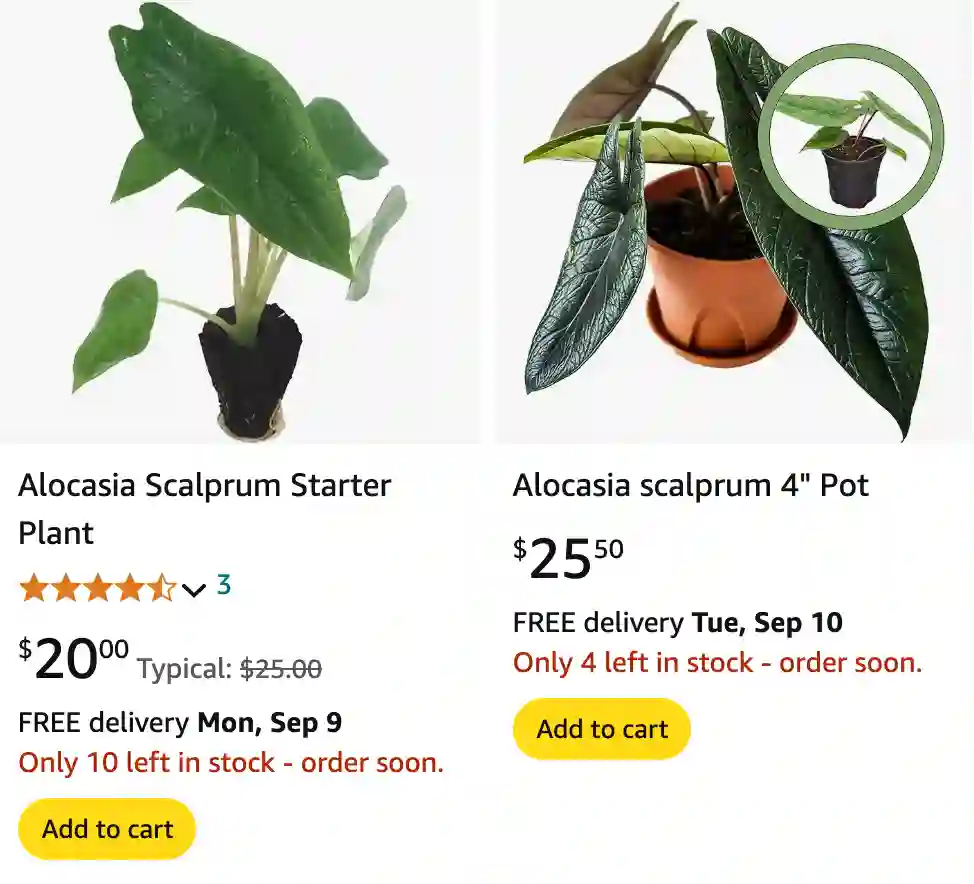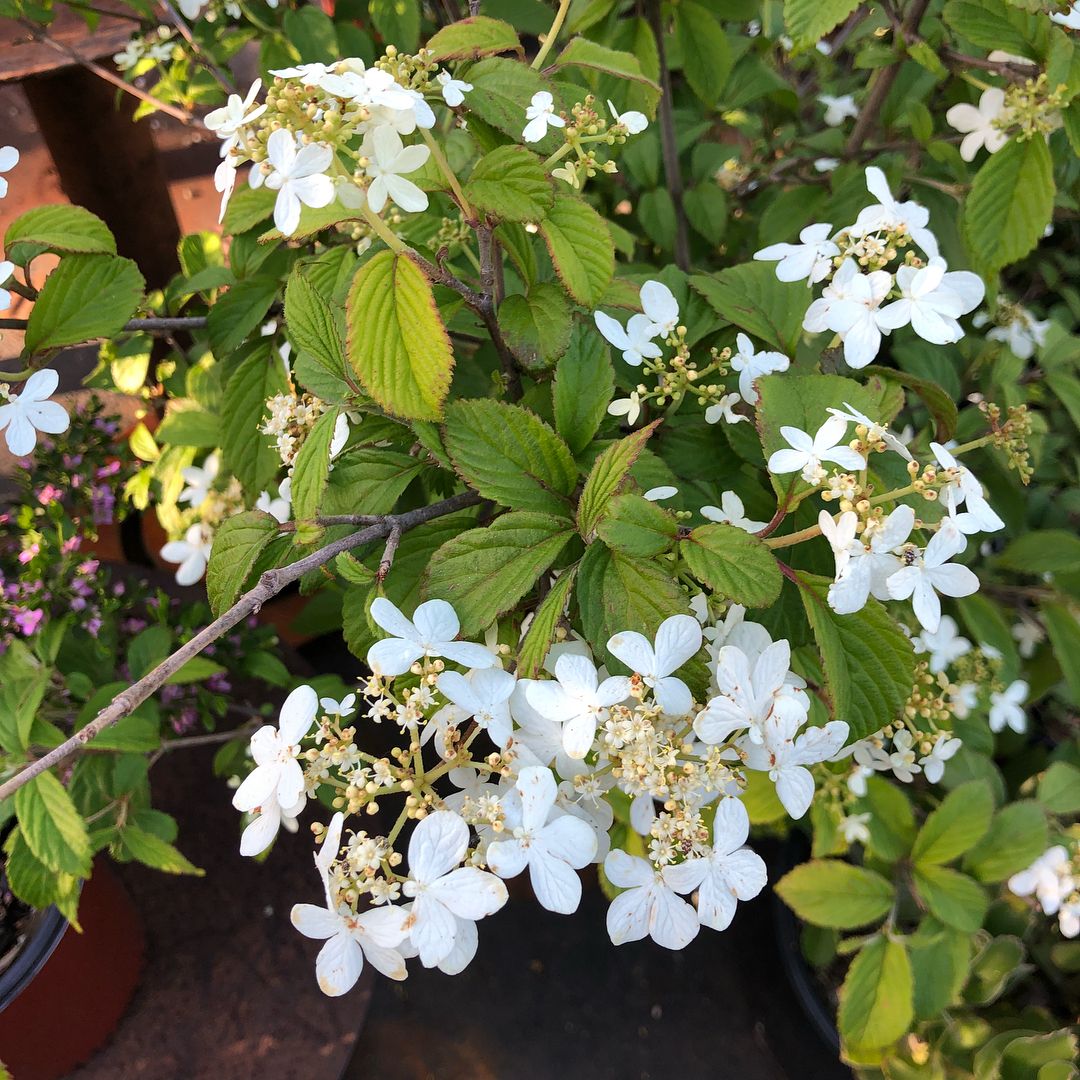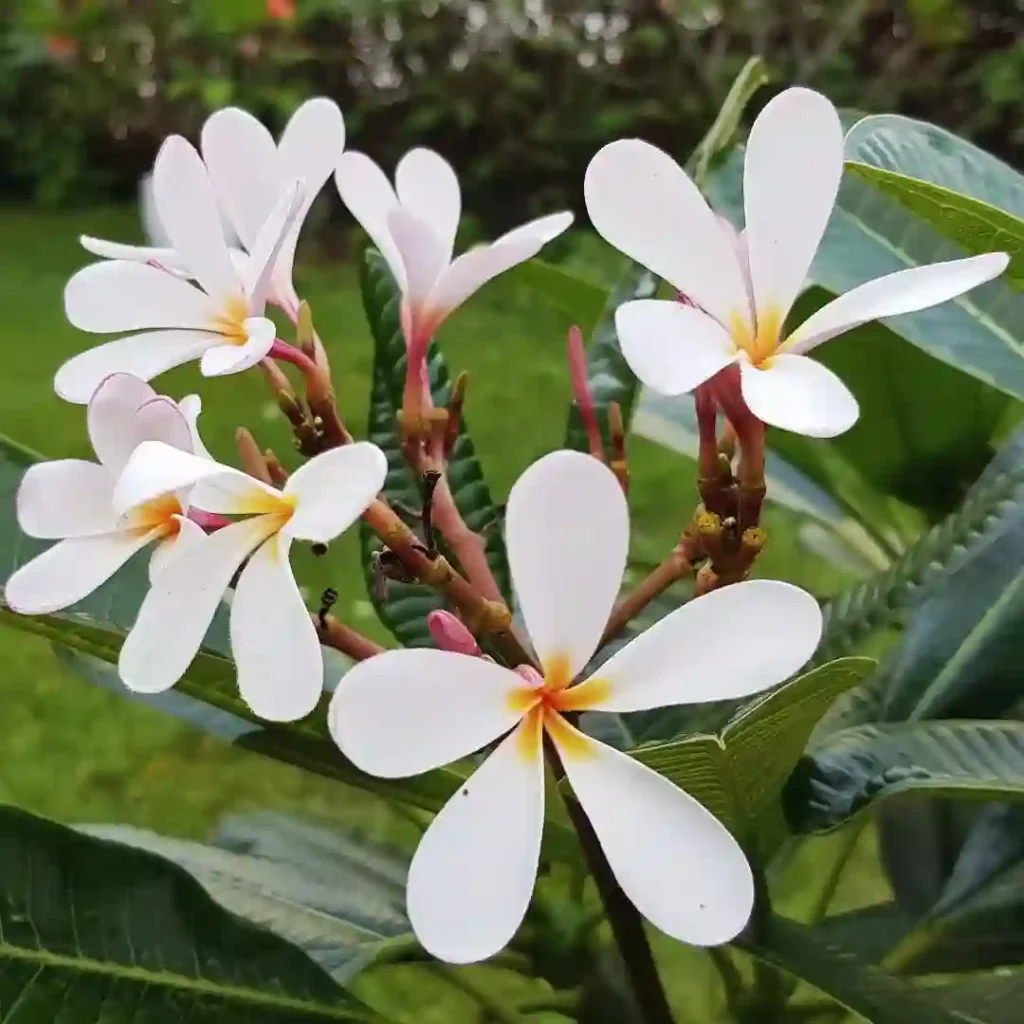
FAQs About Alocasia Scalprum: Your Ultimate Guide
I’ve had my fair share of experiences with Alocasia Scalprum, and I’m excited to share what I’ve learned about this fascinating plant. If you’re considering adding this unique species to your collection, you might have a lot of questions. Here’s a comprehensive guide based on my personal experiences with Alocasia Scalprum.
90 Species in Genus Alocasia – Elephant Ears
What Is Alocasia Scalprum?
Alocasia Scalprum is a striking tropical plant known for its distinctive foliage. Native to Southeast Asia, this plant features arrow-shaped leaves with deep lobes and a glossy, almost metallic sheen. It’s a popular choice for indoor plant enthusiasts looking for something eye-catching and different.
How to Care for Alocasia Scalprum?
Caring for Alocasia Scalprum can be a bit of a balancing act, but with the right approach, it thrives beautifully. Here’s what I’ve found works best:
- Light: Alocasia Scalprum prefers bright, indirect light. Direct sunlight can scorch its leaves, so placing it near a window with filtered light is ideal.
- Water: This plant likes its soil to be consistently moist but not soggy. Water it thoroughly when the top inch of soil feels dry. Be cautious of overwatering, as this can lead to root rot.
- Humidity: High humidity is crucial for Alocasia Scalprum. It thrives in environments with 60% or more humidity. I’ve found that misting the plant regularly or using a humidity tray helps keep it happy.
- Temperature: It prefers warm temperatures between 65-80°F (18-27°C). Avoid placing it near drafts or sudden temperature changes, which can stress the plant.
How to Propagate Alocasia Scalprum?
Propagating Alocasia Scalprum can be done through offsets or tuber division. Here’s how I usually go about it:
- Offsets: Alocasia Scalprum often produces offsets or “pups” around its base. Gently separate these offsets from the main plant and pot them individually in fresh soil. Ensure each offset has some roots to help establish itself.
- Tuber Division: Another method is to divide the tubers. Carefully dig up the plant and separate the tubers, ensuring each section has a healthy root system. Re-pot the divisions in separate containers with well-draining soil.
What to Plant With Alocasia Scalprum?
Alocasia Scalprum pairs well with other tropical plants that enjoy similar conditions. Here are a few companions I’ve had success with:
- Philodendron: Varieties like Philodendron Imperial Green or Philodendron Pink Princess complement the Scalprum’s bold foliage beautifully.
- Pothos: Pothos plants, such as Golden Pothos or Marble Queen, add a touch of cascading greenery that contrasts nicely with the Scalprum’s upright leaves.
- Ferns: For a lush, tropical feel, consider adding ferns like Boston Fern or Maidenhair Fern. Their delicate fronds provide a nice textural contrast.
Is Alocasia Scalprum Toxic?
Yes, Alocasia Scalprum is toxic to pets and humans if ingested. It contains calcium oxalate crystals, which can cause irritation to the mouth and throat, as well as gastrointestinal upset. Keep it out of reach of pets and small children to avoid any potential issues.
Benefits of Alocasia Scalprum
Besides its visual appeal, Alocasia Scalprum has several benefits:
- Air Purification: Like many houseplants, Alocasia Scalprum can help improve indoor air quality by filtering out toxins.
- Aesthetic Value: Its dramatic foliage makes it a standout plant, adding a touch of exotic elegance to any space.
- Humidity Boost: By adding moisture to the air through transpiration, it can help increase the humidity in your home, benefiting other plants and creating a more comfortable environment.
Common Problems with Alocasia Scalprum
Here are a few issues I’ve encountered with Alocasia Scalprum and how to address them:
- Yellowing Leaves: This can be a sign of overwatering or poor drainage. Ensure the soil is well-draining and adjust your watering routine as needed.
- Leaf Drop: If the leaves start to drop, it might be due to sudden changes in temperature or humidity. Keep the plant in a stable environment and monitor its conditions closely.
- Pests: Alocasia Scalprum can occasionally attract pests like spider mites or aphids. Regularly inspect your plant and treat any infestations with appropriate pest control methods.
Comparing Alocasia Scalprum to Similar Plants
Alocasia Scalprum is often confused with other Alocasia species like Alocasia Polly or Alocasia Zebrina. Here’s a quick comparison:
- Alocasia Polly: While Alocasia Polly has similarly striking leaves, it features a more pronounced vein pattern and generally smaller leaves compared to Scalprum.
- Alocasia Zebrina: This species is known for its unique zebra-striped stems. Its leaves are more elongated and less lobed than those of the Scalprum.
In summary, Alocasia Scalprum is a captivating plant that, with the right care, can make a fantastic addition to your indoor garden. Whether you’re a seasoned plant enthusiast or a beginner, understanding its needs and characteristics will help you keep it thriving. Happy planting!
If i die, water my plants!



